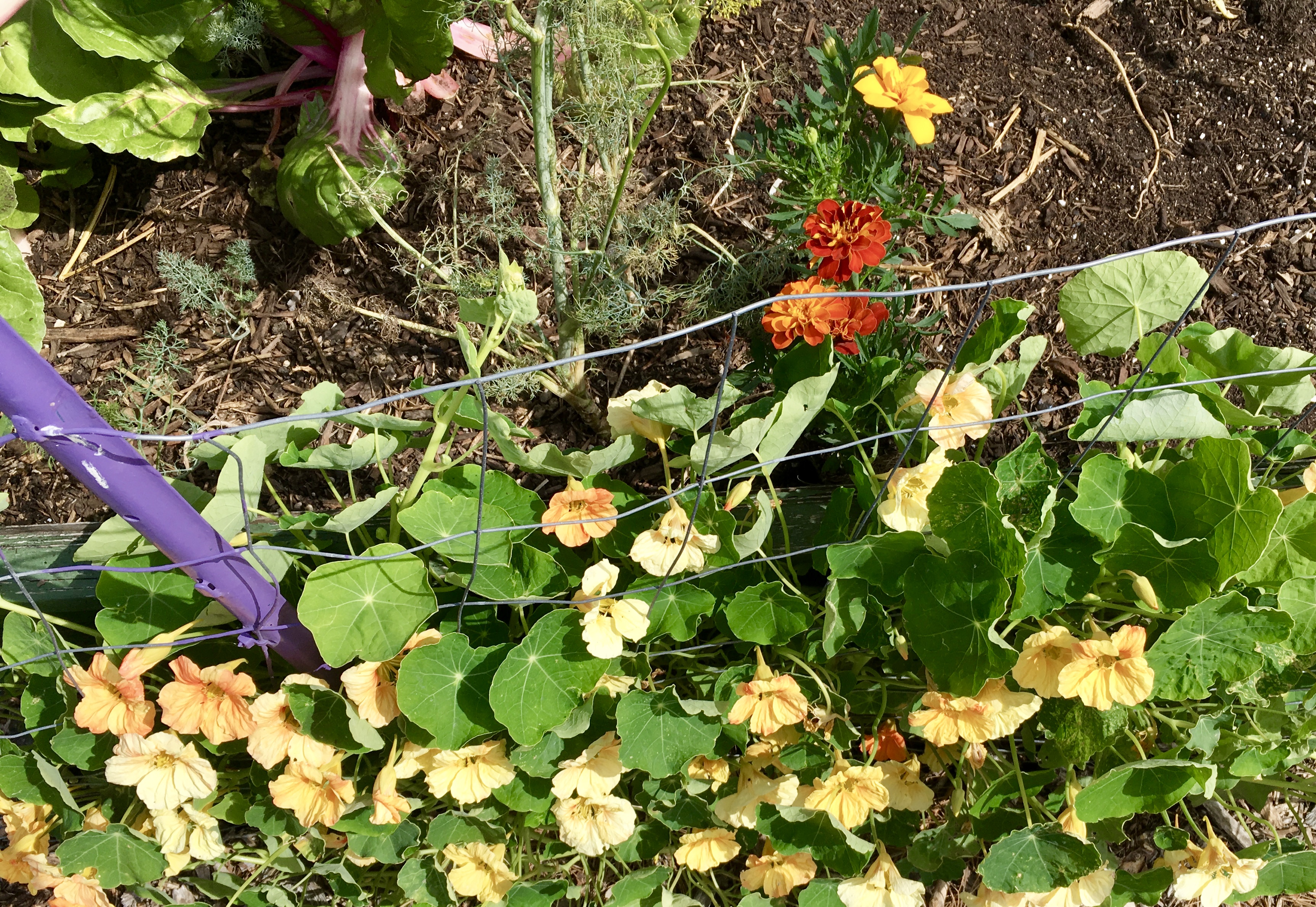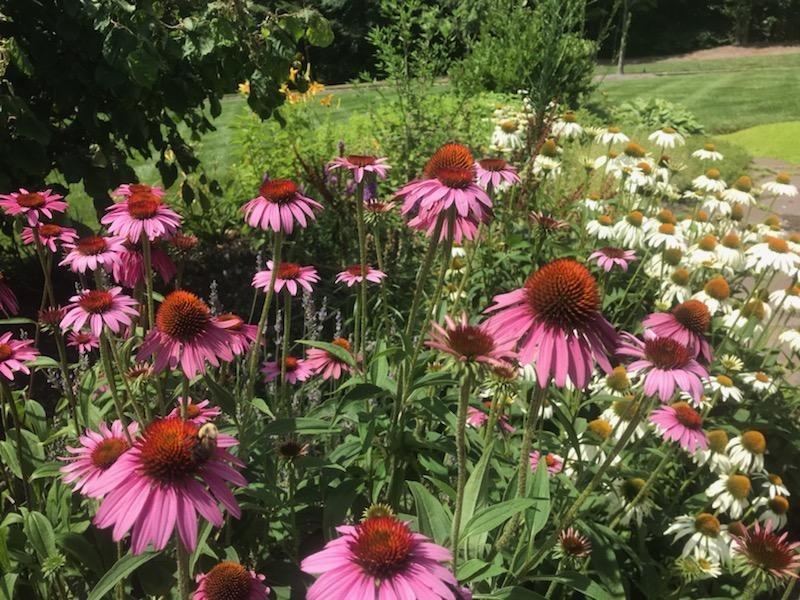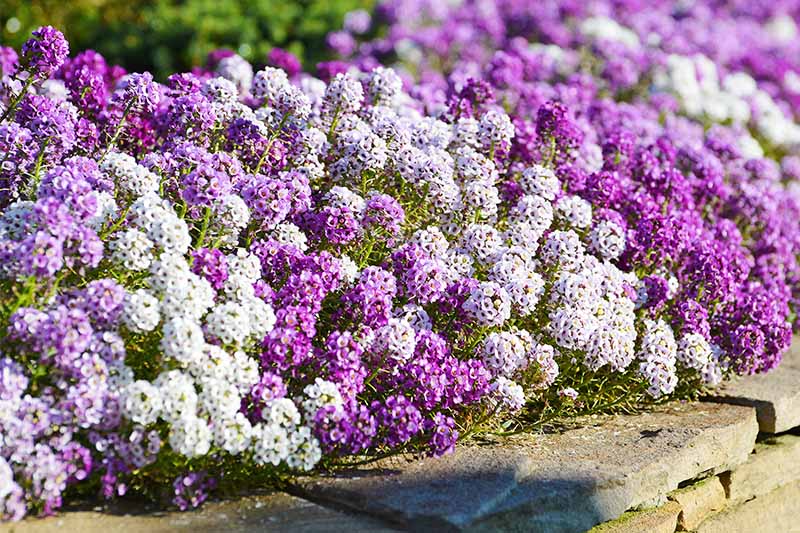The Ultimate Guide To Companion Planting: Plants That Grow Best Together
Title: The Ultimate Guide to Companion Planting: Plants That Grow Best Together
Introduction:
Companion planting is a gardening practice that involves planting certain plants together to benefit each other. This can be done to improve the growth, yield, and flavor of crops, as well as to deter pests and diseases.
There are many different companion planting combinations, but some of the most popular include:
- Tomatoes and basil: Basil helps to repel tomato hornworms and other pests, and it also improves the flavor of tomatoes.
- Beans and corn: Beans fix nitrogen in the soil, which benefits corn. Corn provides shade for beans, which helps to prevent them from getting too hot.
- Carrots and onions: Onions help to repel carrot flies, and carrots help to improve the flavor of onions.
- Lettuce and marigolds: Marigolds repel aphids and other pests, and they also help to improve the flavor of lettuce.
Main Content:
There are many benefits to companion planting. Some of the most important benefits include:
- Increased crop yields: Companion planting can help to increase crop yields by up to 30%.
- Improved plant health: Companion planting can help to improve plant health by deterring pests and diseases.
- Enhanced flavor: Companion planting can enhance the flavor of crops by attracting beneficial insects and pollinators.
- Reduced pest and disease problems: Companion planting can help to reduce pest and disease problems by attracting beneficial insects and pollinators, and by repelling pests.
How to Choose Companion Plants:
When choosing companion plants, there are a few things to keep in mind. First, you need to consider the needs of the plants you are growing. Some plants prefer full sun, while others prefer partial shade. Some plants need a lot of water, while others are more drought-tolerant.
Second, you need to consider the pests and diseases that are common in your area. Companion plants can help to repel pests and diseases, so you want to choose plants that will complement each other.
Finally, you need to consider the aesthetics of your garden. If you want a beautiful garden that is also productive, you need to choose companion plants that will complement each other in terms of color, texture, and height.
A Few Tips for Companion Planting:
- Plant tall plants in the back of the garden, and shorter plants in the front. This will help to create a layered effect, and it will also help to prevent taller plants from shading out shorter plants.
- Plant compatible plants together. There are many resources available that can help you to identify compatible companion plants.
- Avoid planting incompatible plants together. If you plant incompatible plants together, they may compete for resources, or they may attract pests and diseases.
- Experiment with different companion planting combinations. There is no one-size-fits-all approach to companion planting. The best way to find out what works for you is to experiment with different combinations.
Conclusion:
Companion planting is a great way to improve the productivity, health, and flavor of your garden. By following the tips in this article, you can create a beautiful and productive garden that is full of healthy, delicious crops.
Are you looking for information about which garden plants to plant together? Visit Home Gardening for a comprehensive list of companion plants that will help each other thrive. You'll find information on everything from vegetables to flowers to herbs, so you can create a beautiful and productive garden.
FAQ of garden plants to plant together
- What are the benefits of companion planting?
There are many benefits to companion planting, including:
* Attracting pollinators: Many flowers attract pollinators, such as bees and butterflies, which help to pollinate your plants and increase your yields.
* Distracting pests: Some plants can help to distract pests from your crops. For example, planting marigolds near tomatoes can help to deter tomato hornworms.
* Improving soil health: Some plants can help to improve the soil health, which can benefit all of your plants. For example, legumes, such as peas and beans, can fix nitrogen in the soil, which is a nutrient that many plants need.
* Competition reduction: Companion planting can help to reduce competition between plants for water, nutrients, and sunlight. This can help to improve the overall health of your plants.
- What are some good companion plants for tomatoes?
Some good companion plants for tomatoes include:
* Basil: Basil helps to repel tomato hornworms and other pests. It also helps to improve the flavor of tomatoes.
* Marigolds: Marigolds help to deter nematodes and other pests. They also help to attract pollinators.
* Onions: Onions help to repel aphids and other pests. They also help to improve the flavor of tomatoes.
* Cucumbers: Cucumbers help to attract pollinators. They also help to keep the soil moist, which can benefit tomatoes.
* Lettuce: Lettuce helps to suppress weeds. It also helps to improve the soil health, which can benefit tomatoes.
- What are some plants that should not be planted together?
Some plants that should not be planted together include:
* Potatoes and tomatoes: Potatoes and tomatoes are susceptible to the same diseases, so planting them together can increase the risk of disease spread.
* Carrots and parsnips: Carrots and parsnips have a similar root system, so planting them together can lead to competition for resources.
* Cabbage and broccoli: Cabbage and broccoli are members of the same family, so they are susceptible to the same pests and diseases. Planting them together can increase the risk of pest and disease spread.
- How many plants should I start with?
The number of plants you should start with depends on a few factors, including the size of your garden, the type of plants you are growing, and your personal preferences. In general, you will need more plants if you are growing large plants or plants that need a lot of space. You will also need more plants if you are planning to harvest a lot of produce.
- How do you make plants grow together?
There are a few things you can do to make plants grow together:
* Choose compatible plants: When choosing plants to grow together, it is important to choose plants that are compatible. This means that they have similar water and sunlight needs and are not susceptible to the same diseases or pests.
* Plant them at the right time: Planting plants at the right time can help them to grow together well. For example, you should plant tomatoes and basil together in the spring, when the weather is warm and sunny.
* Space them properly: When planting plants together, it is important to space them properly. This will give them enough room to grow and prevent them from competing for resources.
* Water and fertilize them properly: Watering and fertilizing plants properly can help them to grow together well. Make sure to water them regularly and fertilize them according to the instructions on the fertilizer label.
Image of garden plants to plant together
- Marigolds and nasturtiums: These two annuals attract pollinators and help to deter pests. They also come in a variety of colors, so you can create a colorful and vibrant display.

- Lavender and rosemary: These two herbs are drought-tolerant and deer-resistant, making them a good choice for sunny gardens. They also have a lovely fragrance, which can make your garden a more pleasant place to be.

- Coneflowers and rudbeckias: These two perennials come in a variety of colors, including yellow, orange, and red. They attract pollinators and butterflies, and they can add a touch of drama to your garden.

- Daylilies and hostas: These two plants have different textures and colors, which can help to create a visually interesting garden bed. Daylilies bloom in the summer, while hostas provide foliage interest throughout the growing season.

- Zinnias and cosmos: These two annuals are easy to grow and come in a variety of colors. They attract butterflies and other pollinators, and they can add a touch of whimsy to your garden.

- Sweet peas and pansies: These two spring-blooming annuals are a classic combination. They come in a variety of colors, and they have a sweet fragrance.

- Petunias and geraniums: These two annuals are a popular choice for containers and hanging baskets. They come in a variety of colors, and they can add a splash of color to your garden.

- Calendulas and sunflowers: These two annuals are both tall and stately, and they can add a touch of drama to your garden. Calendulas bloom in the summer, while sunflowers bloom in the fall.

- Alyssum and thyme: These two low-growing plants are perfect for edging a garden bed or filling in a gap. They come in a variety of colors, and they attract pollinators.

Post a Comment for "The Ultimate Guide To Companion Planting: Plants That Grow Best Together"